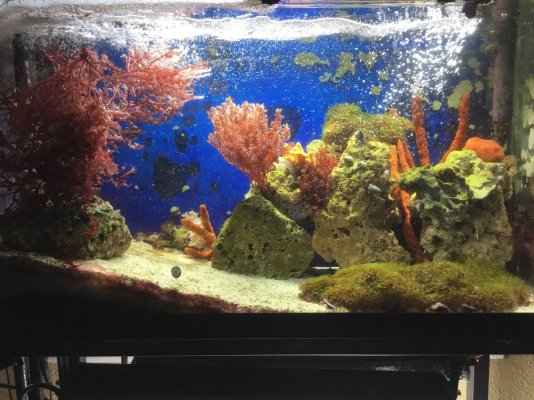Other may - but I do not have insight in this. But in general - if there is living or new organic matter - there is probably some organism that have learned to get the needed carbon from them.Do European reefers have insight into predator control of marine ich in our ecosystems.
In my case - I believe that my corals and water movement function as a living filter for all free swimming organisms
Sincerely Lasse

















